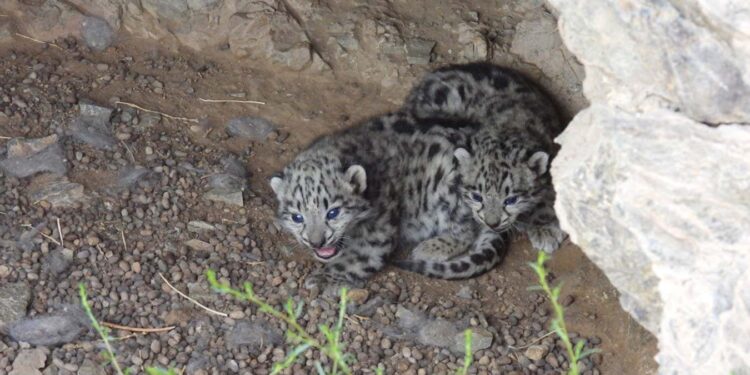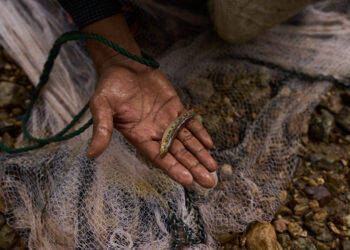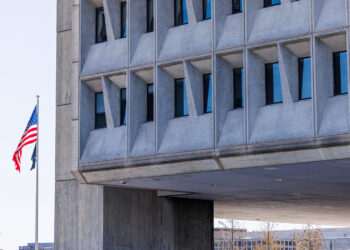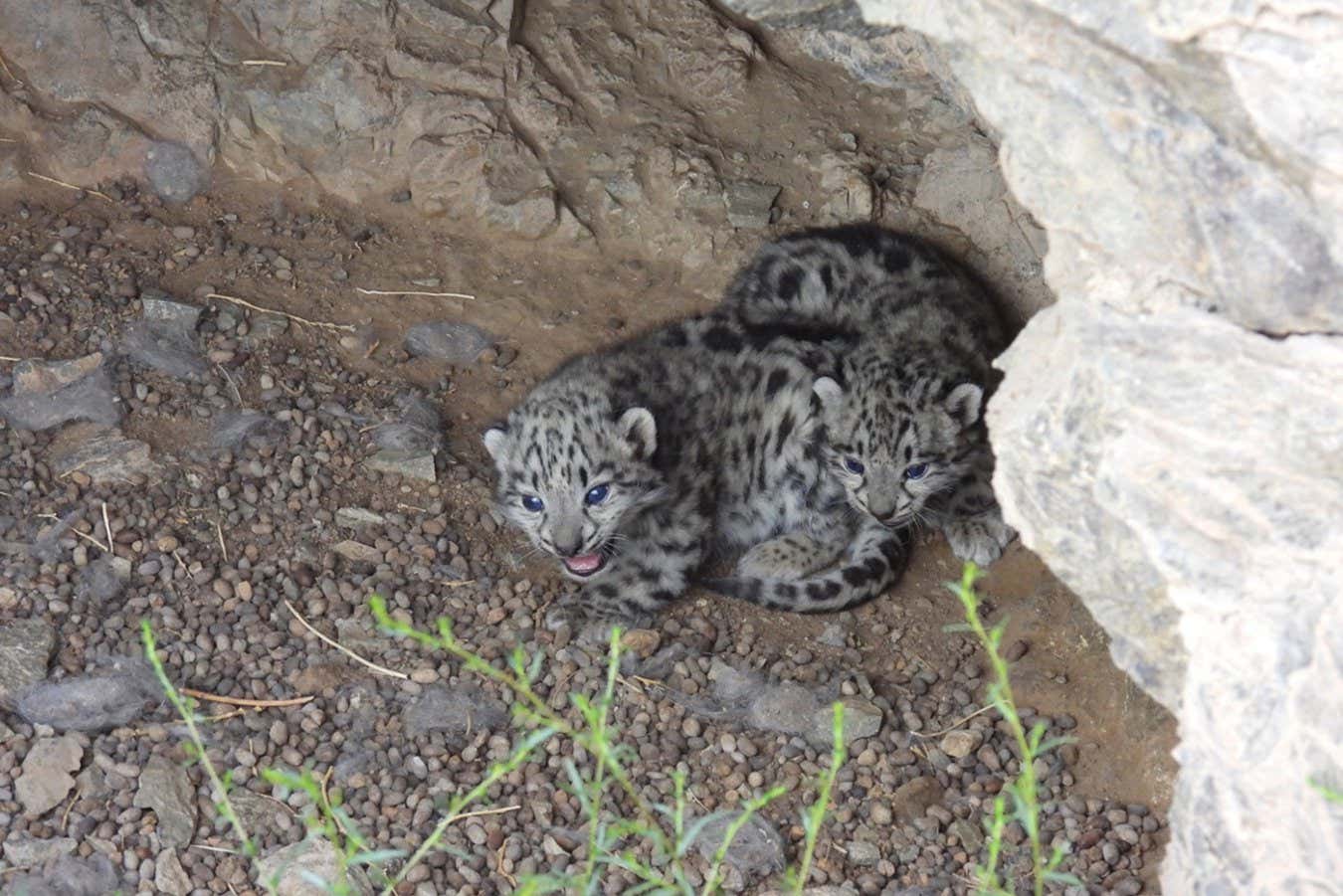
Two of five snow leopard cubs recently photographed in Mongolia
SLCF-Mongolia/Snow Leopard Trust
A pair of researchers have visited two snow leopard dens in Mongolia’s Tost mountains, where they studied and photographed five cubs, offering a rare opportunity to gather data on this threatened species.
Prior to this expedition, which took place in June and July, researchers hadn’t been able to visit a snow leopard den anywhere in the world since 2019. “Discovering a den and cubs is amazing; something only a few people have ever experienced,” says Örjan Johansson at the Snow Leopard Trust. “The dens are in narrow cracks or caves. We only get one chance. If the mother returned before we were able to locate the den, we would have to abandon the search. Going back twice would be too intrusive.”
Johansson and Buren Nyam, a local field ranger, established the approximate locations of the dens by tracking GPS collars that had previously been fitted to 20 adult female snow leopards.
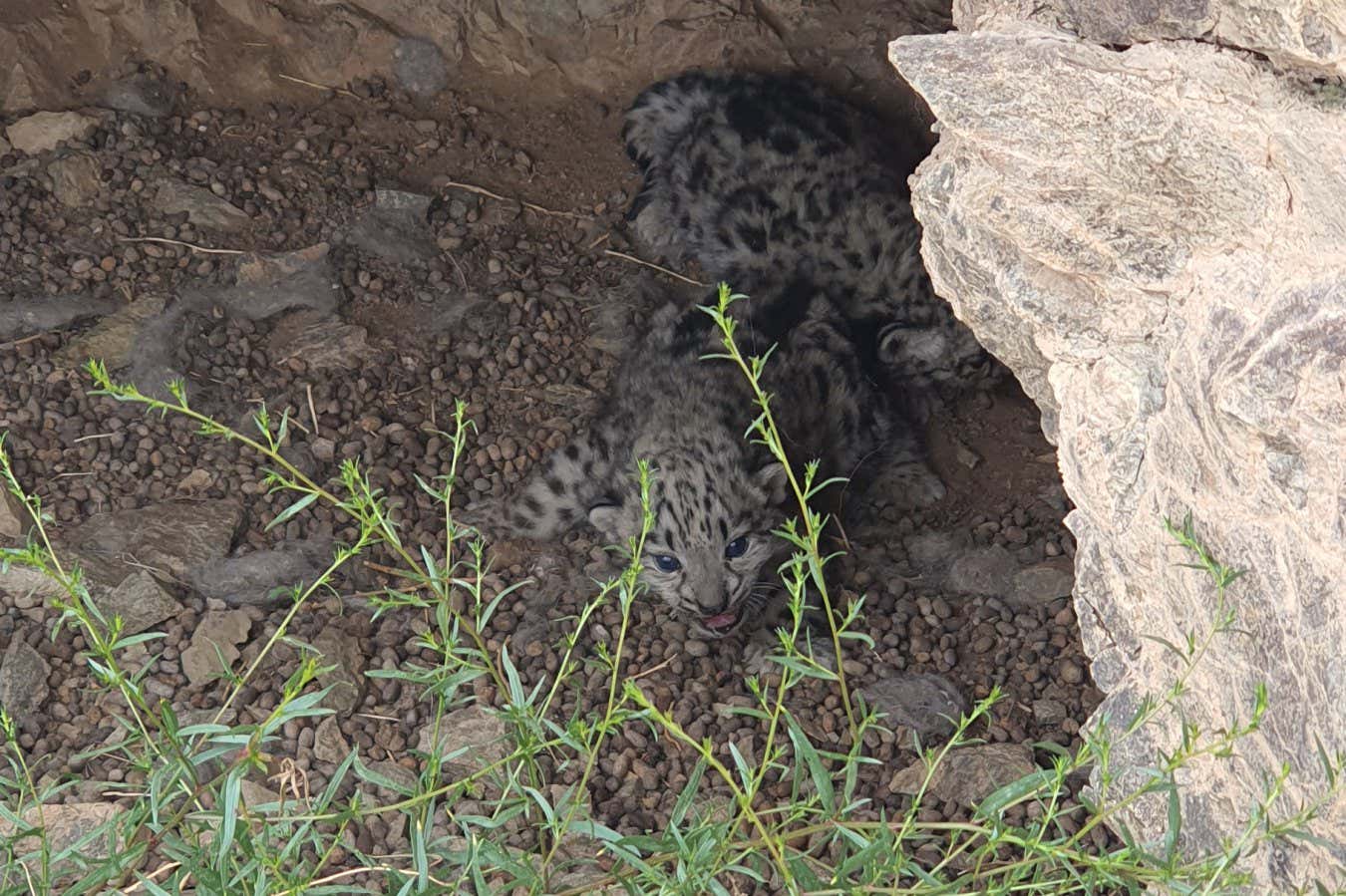
The dens, where the cubs were found, were located by tracking their mothers’ whereabouts
SLCF-Mongolia_Snow Leopard Trust
“A female snow leopard’s home range in Mongolia’s mountainous South Gobi region is typically about 130 kilometres squared – that’s about 2.5 times the size of Manhattan,” says Johansson. “Without GPS collars, we’d never find their dens.” But even with the collars, areas as large as 60,000 square metres still had to be searched to find their exact locations.
Snow leopards (Panthera uncia) are listed as vulnerable on the International Union for Conservation of Nature Red List of Threatened Species, with an estimated 3920 to 6390 left in the wild. They live in the high mountainous terrain of central Asia across a 2-million-square-kilometre range spanning 12 countries, including China, India, Kyrgyzstan and Russia. They face threats such as habitat loss, poaching and killings in retaliation for attacking livestock.
“To be able to model and project the population trajectory of any species reliably, we need to understand key factors like birth rates, mortality and how many animals move in and out of an area,” says Johansson, who worked alongside the Snow Leopard Conservation Foundation on the project.
“Den visits are crucial because they’re the only way to learn about average litter sizes and cub survival during the first five to six months of life,” he says. “Before this age, cubs stay hidden and don’t travel with their mothers. By visiting dens, researchers can gather this otherwise impossible-to-get data. All this information improves our understanding of snow leopard ecology and helps us make informed conservation decisions to secure their future.”
Topics:
Source link : https://www.newscientist.com/article/2488533-rare-images-capture-snow-leopard-cubs-in-their-dens/?utm_campaign=RSS%7CNSNS&utm_source=NSNS&utm_medium=RSS&utm_content=home
Author :
Publish date : 2025-07-16 17:00:00
Copyright for syndicated content belongs to the linked Source.

